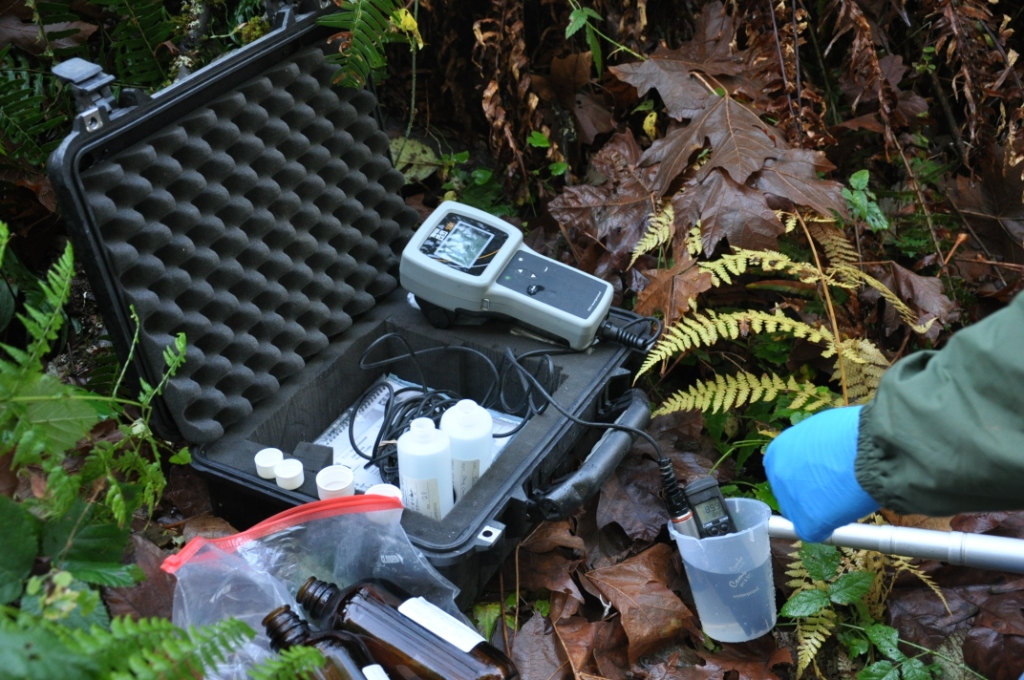Let’s now put the shoe on the other foot. Let’s say you are an activist from the local environmental watch dog group and the superintendent from the local golf course just happens to meet you. He touts all the great things happening at his golf course. You are impressed as he rattles off his accomplishments including the wonderful nest boxes and his latest community outreach program.
Then you ask him about the fate of all those chemical applications being made to the lush green fairways, greens and tees and ask, “How can you prove the chemicals aren’t getting to the creek that runs through the property?” The superintendent replies, “Turf is one of nature’s best filters, and nothing ever reaches the stream.” You reply, “Prove it!”
It was the year 2000, and that’s the scenario that went through my mind when I was building Stone Creek Golf Club. Luckily the Oregon Golf Course Superintendents Association had just completed its first edition of the BMP document, the OGCSA Environmental Stewardship Guidelines, winner of the GCSAA Presidents Award.
The first component that stood out was the water quality monitoring section. The late Dr. Michael Hindahl was the main author of the Oregon guidelines, and he was writing custom environmental plans based on the Oregon guidelines. I submitted a request to the Stone Creeks owners, which at that time included a group of investors and Clackamas County, that we hire Dr. Hindahl to write such a document -- and they didn’t flinch at the $10,000 price tag. It was never a question of whether they could afford to do it, the response was that they couldn’t afford not to do it.
Written into the plan was the water quality monitoring protocol. Dr. Hindahl came out to the property twice annually, spring and fall, and took water samples, which were tested for nitrates, orthophosphates and any pesticide that was applied within six months prior to the test. This wasn’t cheap, ranging between $3,000 and $4,000 per test. The difference in price was based on the type of chemistry I was applying. Over the next 12 years I easily spent close to $100,000 on water testing alone. Was it a waste of money? If you ask Clackamas County, which bought out the investors after the first year, they still say it was worth every penny. I had accumulated 10 years of data before I began to back off because I had set a baseline of no detections. If anyone had ever stopped me and asked if I could prove that the pesticides I was applying weren’t getting into the adjacent stream, I had proof!
The reason why I had a third party take the water sample and follow a strict chain of command was to prevent any questions as to the validity of the test. Currently in Oregon there is a local firm that is offering the service as an inclusive package deal, avoiding the unknown by offering a battery of tests for a single price. In an ever-increasing budgeted industry, this can be a tough pill to swallow. If cost is an issue, then perhaps you can just test for nitrates and orthophosphates. The cost will be significantly lower.
Water quality testing will give your property and its owners a piece of mind knowing that your course and the surrounding environment are in good hands.

No comments:
Post a Comment